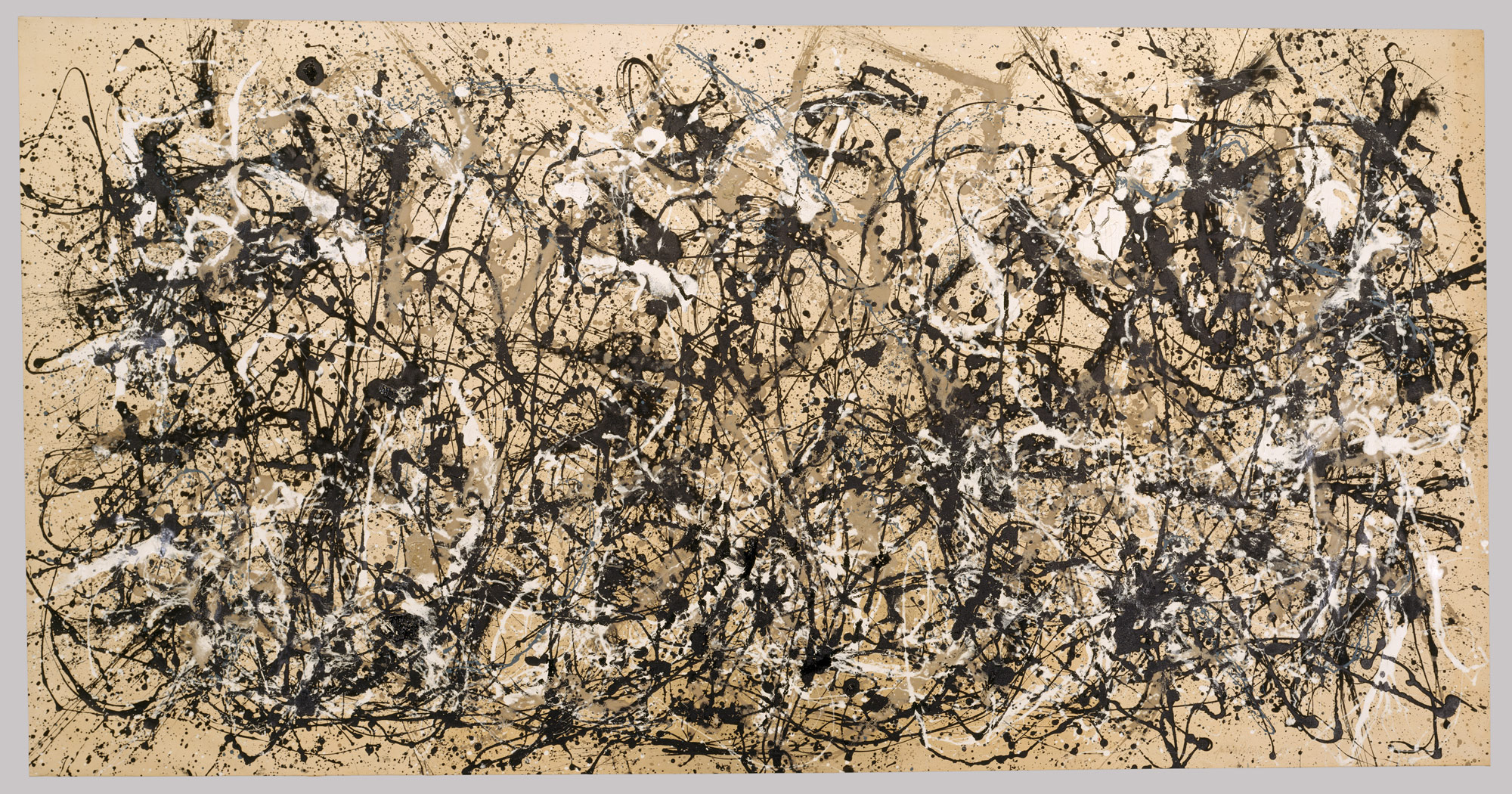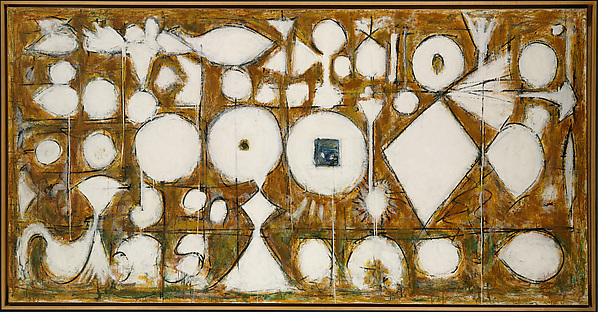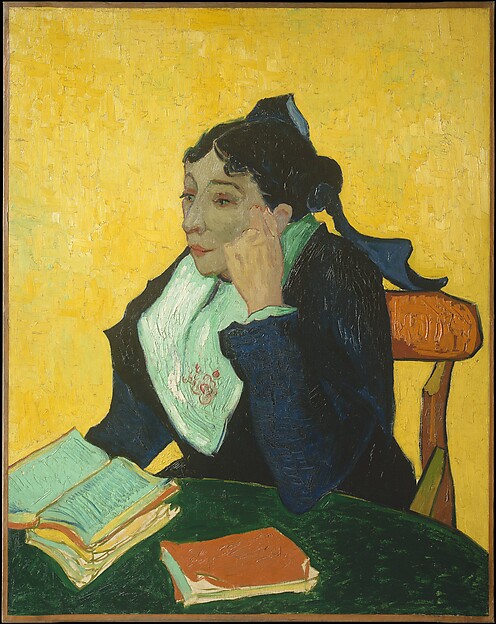More than any other artist, Otto Dix made every stop on the timeline of German modernism, including Realism, Dada, Surrealism, Expressionism and Visionary. Dix managed to do this all in one decade, the Roaring ’20s. Although Dix dabbled in many different art movements, the work he is most known for is his contributions to New Objectivity. New Objectivity was a challenge to Expressionism. It reflected an unsentimental reality instead of the more inward-looking, abstract or psychological, that were characteristic of Expressionism. Dix once stated, "If one paints someone's portrait, one should not know him if possible. No knowledge. I do not want to know him at all. I want only to see what is there, the outside. The inner follows by itself. It is mirrored in the visible." Dix philosophy is very prominent in his paintings, by his use of subtle but effective details, he was able to portray someone’s inwardness without looking inward at all.
Being affected by his time serving in the German army, Dix often painted gruesome war scenes and unsettling depictions of Germany after the war. Once Dix became a leader in the New Objectivity movement, he mainly focused on portraits.In this collection of art by Otto Dix, the viewer will be taken through a timeline of Dix critical depictions of Germany throughout the 1920’s.
Die Skatspieler (The Skat Players), 1920
This disfigured painting shows three wounded war veterans in the middle of a game of Skat. It is quite ironic that this three-handed card game was once favored by the Krupps, German manufacturers of the types of weapons that misfired the men shown here. Using elements of collage within his painting Dix was able to portray that these men are clearly wounded war veterans. For example, Dix combined oil painting, real newspapers and playing cards. The artificial jaw of one veteran is adorned with metal foil and the blue jacket is made of a cheap fabric made out of paper that was produced toward the end of the war as the country wrestled with material shortages. During the Weimar Republic, Germany was in a time of denial and looking away from all the painful realities of post-war Germany. Dix refused to look away, and painted the truth.
The Salon I, 1921
Otto Dix (German, 1891-1969).
The Salon I, 1921. Oil on canvas. 33 7/8 x 47 7/16 in. (86 x 120.5 cm). Kunstmuseum Stuttgart.
© 2006 Artists Rights Society (ARS), New York/VG Bild-Kunst, Bonn
In this painting Dix portrays four aged prostitutes sitting around a table waiting for business. Each woman is decorated in cheap jewelry and laced clothing in attempt to hide their old age. One woman in particular looks especially eager for business that will most likely not come. Dix is presenting the question, what opportunities are there for aging prositutes in Germany? This painting is just one of Dix's many depictions of prostitutes during the Weimar Republic era.
The Business Man: Max Roesberg, 1922
This 37 x 25 inch oil on canvas painting is a portrait of Max Roesberg, a successful business man in Dresden Germany. This portrait catches Roesberg in the middle of his work day standing behind a brown wooden desk in the midst of a barely decorated office. Subtle details such as the clock behind him and order forms stiffly held in his left hand help the viewer understand that Roesberg is at work. Although Roesberg was an appreciator of the arts, Dix portrayed him as a all work no play type of man. This painting is a good example of the New Objectivity because it shows only one side of Roesberg, which is a serious business man.
Portrait of Dr Heinrich Stadelmann, 1922
Portrait of Dr Heinrich Stadelmann, 1922 (oil on canvas), Dix, Otto (1891-1969) / Art Gallery of Ontario, Toronto, Canada / The Bridgeman Art Library
In this painting Dix turned the tables and portrayed his own psychological examination of Dr. Stadelmann. Dix portrays this hypnotist specialist as a victim of his own hypnotic spell. His bulging eyes and tightly squeezed fists give this painting a tense and morbid feel. Dix made this large-scale oil painting during a time when he was documenting conditions in the pathology department of a German hospital. After seeing many patients distraught with the effects from WWI, Dr. Stadelmann is hypnotized himself by hearing so many heart wrenching stories.
Three Prostitutes On The Street, 1925
Three Prostitutes in the Street 1925 Otto Dix (1891-1969 German) Tempera on plywood Private Collection
This painting draws attention to the ambiguous figure of the New Woman in Weimar Germany. Dix depicted women of all ages and types who had turned to prostitution in the street or in brothels to survive during the economic downfall of Germany. He painted his subjects in a theatrical style, heavily made up and eroticized, yet he did so with sensitivity and empathy. In this painting Dix is pointing out the fact that women who judged prostitutes where no different from the prostitutes themselves. The name of this piece is Three Prostitutes on the Street, but ironically only two real prostitutes are present in this painting.
Portrait of the Journalist Sylvia Von Harden, 1926
OTTO DIX
Portrait of the journalist Sylvia von Harden, 1926
CNAC/MNAM/Dist. RMN-Grand Palais / Art Resource, NY / Dix, Otto (1891-1969) © ARS, NY
Musée National d'Art Moderne, Centre Georges Pompidou, Paris
OTTO DIX
Portrait of the journalist Sylvia von Harden, 1926
CNAC/MNAM/Dist. RMN-Grand Palais / Art Resource, NY / Dix, Otto (1891-1969) © ARS, NY
Musée National d'Art Moderne, Centre Georges Pompidou, Paris
Dix often found his painting subjects on the street, he wanted to portray the truth of Germany through it's people. As Dix was walking down the street he was bemused by Journalist Sylvia von Harden. Dix exclaimed that he must paint her and she replied, "You want to paint my lacklustre eyes, my ornate ears, my long nose, my thin lips. You want to paint my short legs, my big feet - things that can only frighten people and delight no one?" Dix was fascinated by Harden's critical depiction of herself, and decided that this portrait would be a representation of a generation not concerned with outward beauty of a woman but her psychological condition.
-Molly Holland












_1862.jpg)




.jpg)








